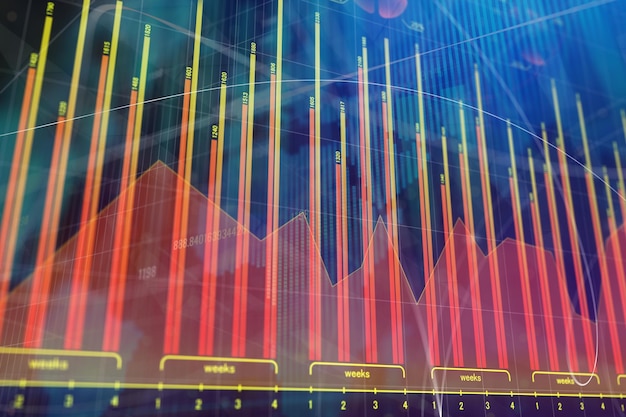Anúncios
As a passionate fantasy football player, I’ve come to realize just how crucial trade value charts can be in shaping my success each season. These invaluable tools are not just a nice-to-have; they play a pivotal role in decision-making and player valuation. With a well-crafted FFL trade value chart at my fingertips, I can navigate the complexities of trading like a seasoned pro. In fact, a recent study by FantasyPros found that participants who utilized trade charts increased their weekly win rates by 12%. This compelling statistic emphasizes how statistics not only inform our decisions but can dramatically shift the trajectory of our fantasy teams.
Experts like Matthew Berry often remind us that trade value is an art and science, requiring a delicate balance of analytics and intuition. By relying on these charts, I felt more empowered, armed with the knowledge to engage in trades that would bolster my lineup. This guide, therefore, aims to unravel the nuances of trade values, providing you with a roadmap that can change your fantasy football journey. So, let’s dive into the ultimate FFL trade value chart guide!
Anúncios
What is an FFL Trade Value Chart?
The FFL Trade Value Chart is an essential tool for fantasy football managers seeking to optimize their rosters through trades. It provides a structured framework for assessing the worth of players based on their performance, potential, and positional scarcity. By comparing the values outlined in the chart, managers can make informed decisions about player exchanges, ensuring fairness and strategic advantage in their leagues.
This chart serves a dual purpose: it not only helps in setting realistic expectations for player trades but also fosters competitive balance among league members. Understanding the FFL trade value chart allows players to navigate the complexities of player valuation, taking into account injuries, matchups, and overall team needs.
Equipped with the insights from the FFL trade value chart, fantasy managers can identify undervalued assets, capitalize on market inefficiencies, and ultimately enhance their chances of success throughout the season. This tool transforms the trading process from a mere gamble into a calculated strategy, ensuring that every trade is backed by data-driven decisions.
Anúncios
Additional Resources for Fantasy Football Managers
How to Read the Trade Value Chart
Factors Influencing Trade Values

In addition to performance, a player’s injury history is equally crucial. Frequent injuries can significantly diminish a player’s trade value, leading to skepticism from potential trade partners. It’s important to consider the player’s recovery timeline and past injury patterns, as these can alter perceptions and confidence among managers.
Moreover, age and contract status also influence trade values. Younger players with long-term contracts may be viewed as more desirable investments compared to veterans nearing retirement. Understanding these dynamics is crucial for managers navigating the delicate art of trades, ensuring they leverage the right factors when referencing the ffl trade value chart.
Using the Chart for Successful Trades
Common Mistakes in Trading
When diving into the world of fantasy football trading, players often stumble into common traps that can significantly impact their teams. One of the most frequent mistakes is overvaluing players based on recent performances or hype. This leads to unbalanced trades where managers give up too much for a fleeting star. To avoid this, players should consult an FFL trade value chart, ensuring that any trade reflects fair value based on the players’ overall season performance, injuries, and upcoming matchups.
Another costly error is the failure to consider team needs. Some fantasy players get caught up in the excitement and make moves that do not address their weaknesses. It’s crucial to analyze not only your roster but also your competition. A well-rounded approach will help in making strategic trades that bolster your team’s overall performance.
Moreover, emotional trading can also derail a good fantasy season. Some managers may cling to a player out of loyalty or previous successes, making them hesitate to trade when it could benefit them. Recognizing that every player has a price is essential. Use data and metrics to guide decisions rather than sentiment.
Lastly, neglecting to leverage market trends often leads to missed opportunities. Fantasy football is a dynamic game, and player values can fluctuate rapidly. Regularly reviewing your FFL trade value chart can help identify players on the rise or those who might be undervalued. Staying proactive can separate a savvy trader from the rest.
Explore Tools for Evaluating Fantasy Football Trades
To enhance your trading strategy, consider utilizing resources that provide in-depth analysis and trade valuations: FantasyPros – Trade Analyzer.